Have you ever wondered what it takes for catfish to end up on your plate? It’s no accident! Catfish farming is a scientific and delicate process that brings these tasty creatures from the pond to the kitchen. Among the diverse types of fish farming, raising catfish is a favorite practice due to its potential profitability and high nutritional value. Still, the operation requires planning, commitment, and a great deal of care. Read on to discover insider secrets of successful catfish farming.
A Closer Look into Raising Catfish
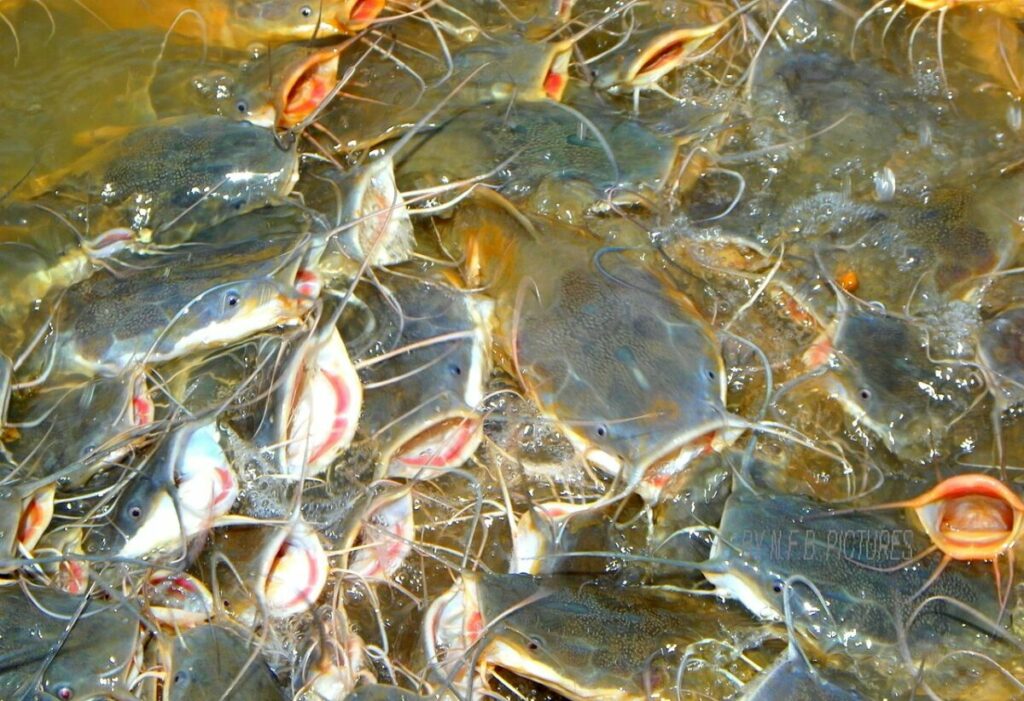
Catfish aren’t your average fish. While they may be dwellers at the lower aquatic levels, these unique creatures require a specially designed environment for healthy growth. But the effort pays off because well-nurtured, farm-raised catfish are cherished commercially and culinarily in particular. ‘Catfish’ here isn’t just a keyword; it denotes an industry with untapped potential.
Preparing Your Pond
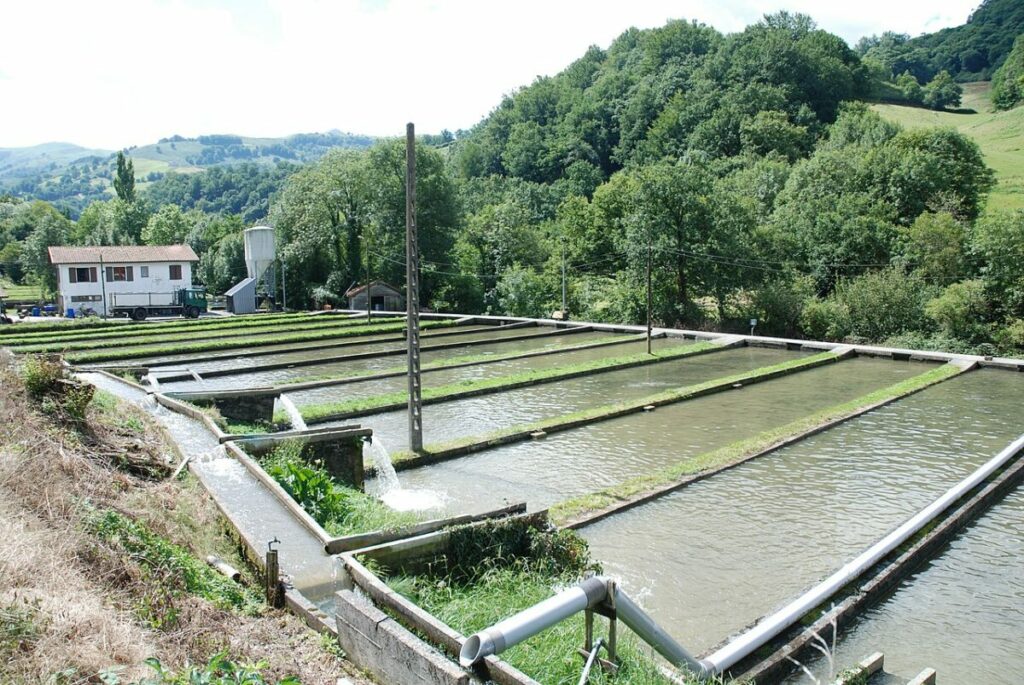
- The size of the pond contributes significantly to the desired outcome. Smaller ponds of around 0.25 acres to 2 acres work fine for small batches.
- Choose an area with minimal flood records to maintain water quality.
- Ensure a source of clean water, like rainwater or well, is accessible.
Navigating Risks in Catfish Farming
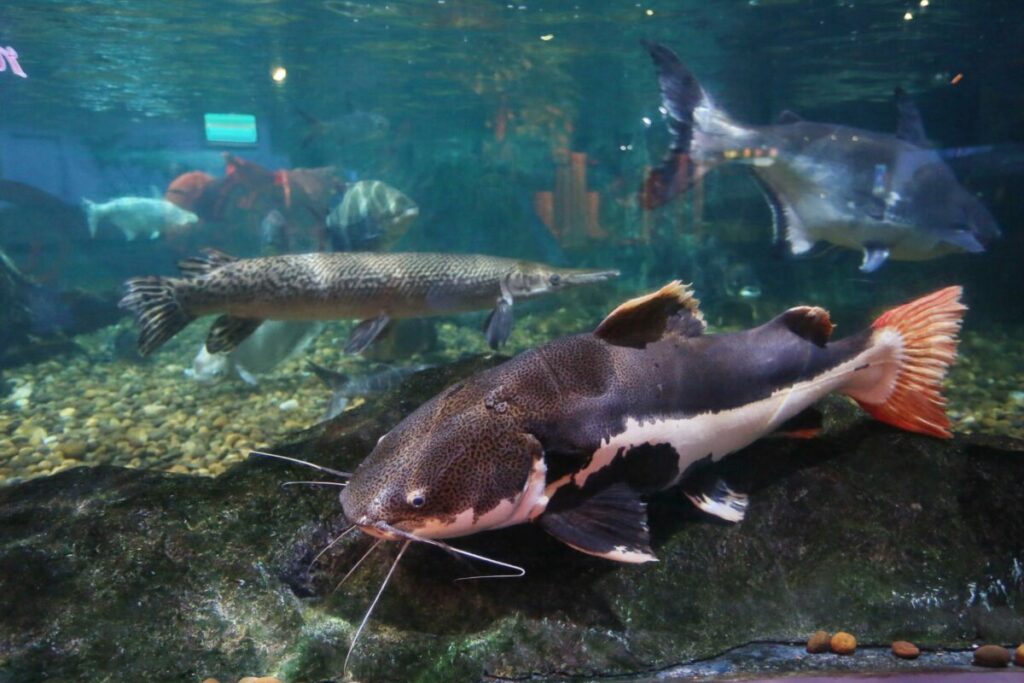
Catfish farming isn’t all smooth sailing. It presents unique challenges that demand continuous interaction with your environment. Consider this heartening fact – with every challenge you overcome, you are one step closer to having a thriving catfish farm.
External Threats
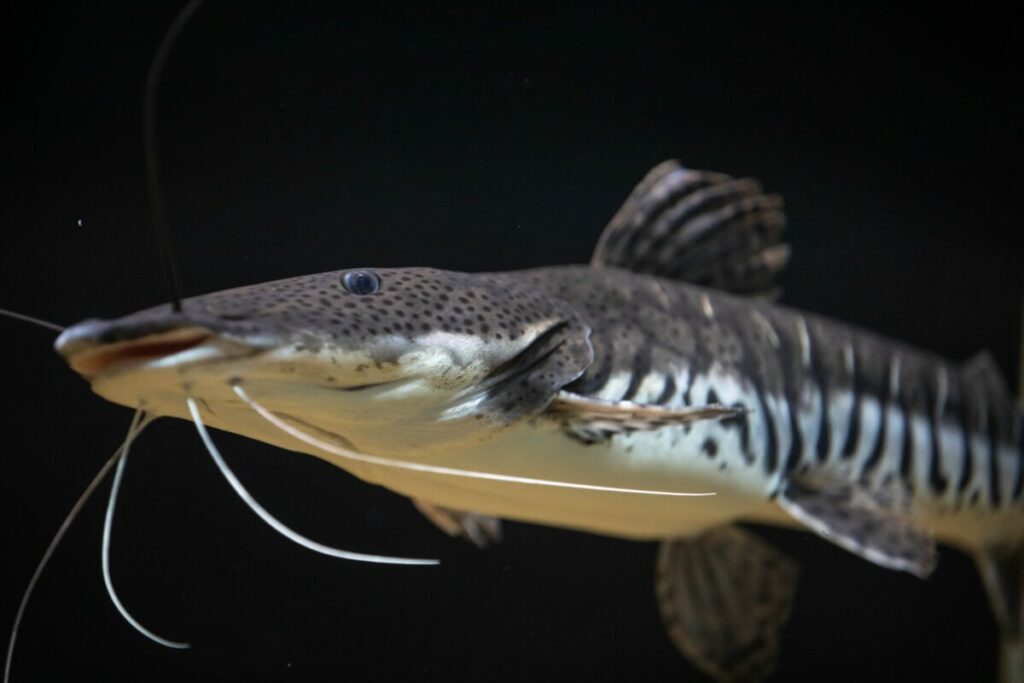
From unwelcome weather shifts to unsolicited visitors, potential risks are countless. Be it temperature changes, poor filtration, or even poaching, all of these factors could present considerable obstacles. But fear not; with vigilant monitoring and strategic planning, you can protect your aquatic livestock.
Farming Locales
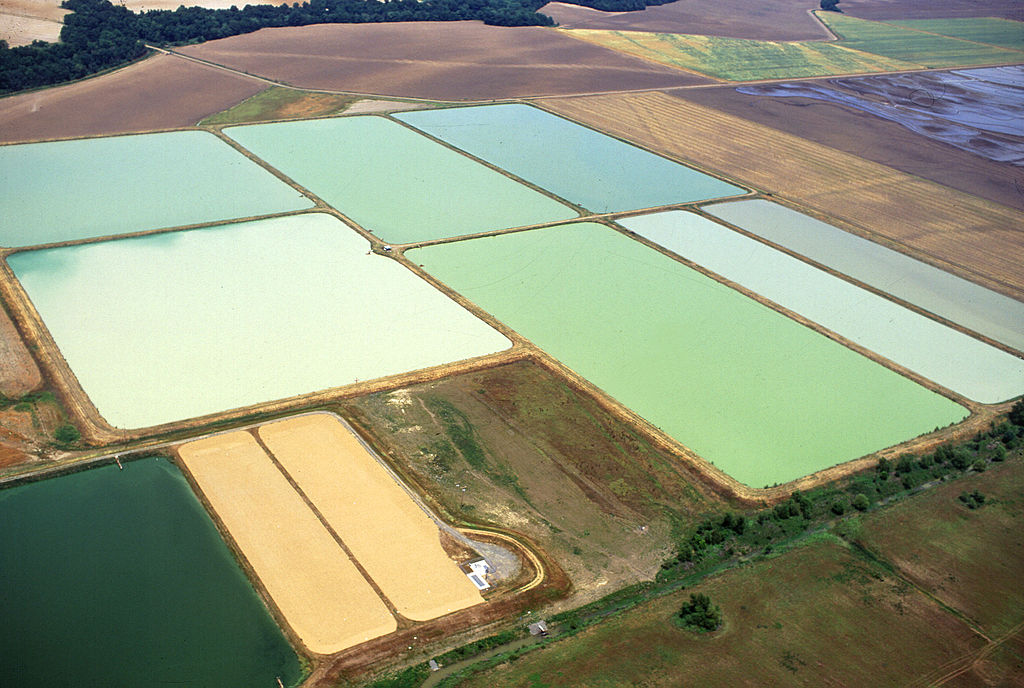
Geographical location plays an essential role in determining the success of your venture. Experienced farmers usually recommend areas with stable climates for catfish farming, such as Western Kentucky. Not only does it provide a favorable environment, but it also supports a thriving aquaculture community.
Remember, you don’t need vast tracts of land. Small-scale production caters to lower running costs, and a sustainable system often leads to lower selling costs. Efficient Catfish farming could very well be the answer to serving quality seafood to everyone who relishes it without burning a hole in their pocket.
Further Reading
So, the next time a delicious plate of catfish delicacy appears before you, you’ll know the story behind its journey. Wouldn’t that add to the charm? So here you go, the ultimate guide to understanding and mastering the art of catfish farming!